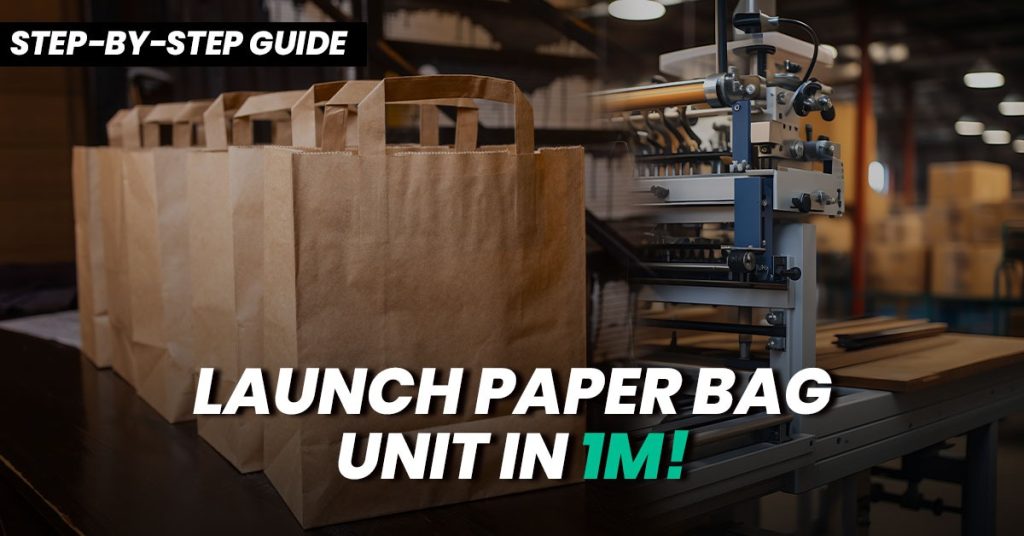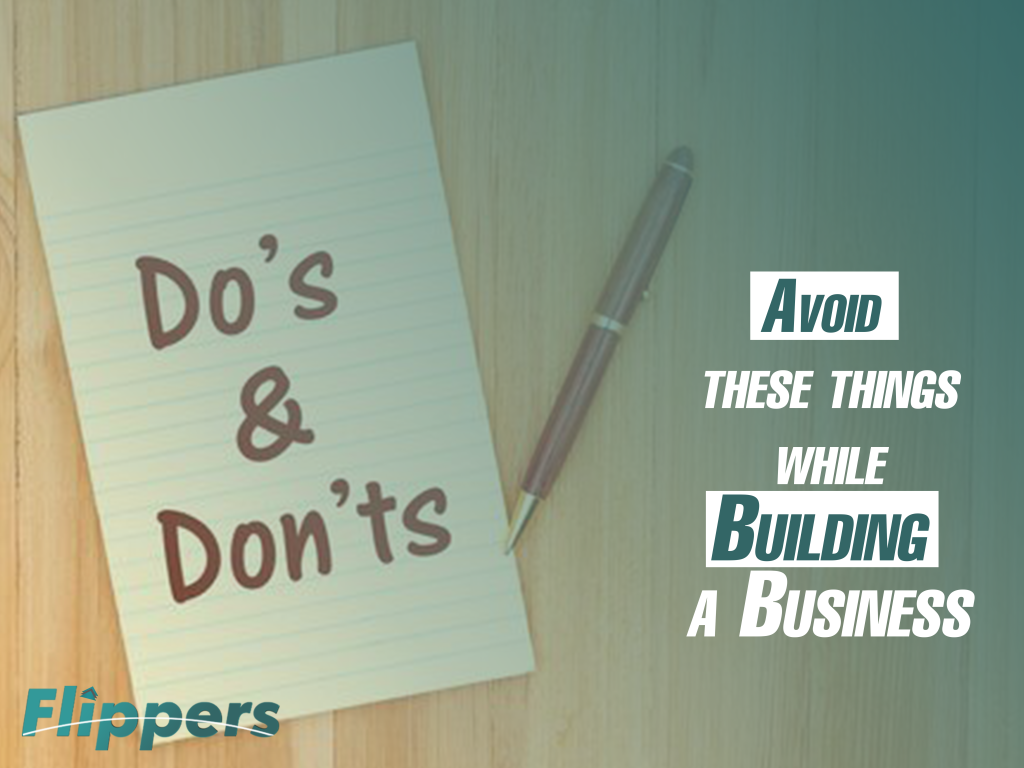How to start paper bags & packaging items production in 1M?
With the increasing shift towards eco friendly and sustainable packaging, the demand for paper bags and packaging items in Pakistan is rising across retail, food, fashion, and even industrial sectors. Whether it’s supermarkets ditching plastic or boutique brands looking for custom-printed bags, the market is growing rapidly. And the best part is that you can launch a small scale production unit within a budget of 1 million PKR.
Why paper bag production is a viable business?
In today’s environmentally conscious world, businesses are being pushed often by regulations and consumer demand to reduce plastic usage. Paper bags have emerged as a preferred alternative, especially in retail and food service industries. Moreover, with the rise of ecommerce, packaging items such as paper envelopes, boxes, and tissue wraps have become essential branding tools. Starting a paper bag and packaging unit allows you to tap into a steady, long term demand with relatively simple machinery and accessible raw materials.
Production unit
To begin with, you’ll need a small workshop space ideally 400 to 600 square feet where your machines can operate smoothly. Choose a location in an industrial area or low rent commercial zone with reliable electricity and transportation access. You don’t need an expensive location, but proximity to wholesalers and printing vendors can reduce operational costs and logistics delays.
Machinery
There are two main routes which are fully automatic machines or semi manual setups. With a limited budget, a semi automatic or manual production line makes more sense. It gives you flexibility and the chance to expand gradually. Your essential machinery includes paper bag making machine, creasing and cutting machine, screen printing unit. Dye cutting machine, tools, glue guns, rulers, paper cutters, punches. You can get a basic semi automatic setup within 600,000 to 700,000 PKR by opting for local or refurbished machines. This leaves room in your budget for raw materials and initial salaries.
Products
Start with in demand, easy to produce items like craft paper bags with handles, flat paper pouches, custom printed takeaway bags for restaurants, wrap sheets for gift packaging an envelopes or folded boxes for online sellers. Once you understand client needs and market response, you can diversify into luxury paper bags, rigid boxes, and branded packaging kits.
Team
Initially, you can manage with a compact team which is 2 to 3 skilled machine operators, 1 person for printing and finishing, 1 helper for loading, glue application, or quality checks. Hiring semi skilled workers can help you stay within budget, especially if they are trained to multitask. You can manage admin and sales yourself at the beginning.
Budget allocation
| Expense Category | Estimated Cost (PKR) |
| Semi automatic Machines Setup | 650,000 |
| Initial Raw Materials | 150,000 |
| Rent + Utilities | 60,000 |
| Labor | 100,000 |
| Marketing | 40,000 |
| Total | 1,000,000 |
Branding
You don’t need a fancy marketing campaign to get started. Focus on visiting local businesses, printing sample kits with your contact info, creating a simple Instagram or Facebook page showing product variety and partnering with graphic designers for custom bag printing solutions. Target customers who value eco packaging and branding, such as small fashion brands, bakeries, and local franchises. Offering small minimum order quantities can attract startups and home based sellers.
Licensing
Although paper bag production isn’t heavily regulated, you’ll still need NTN Registration, sales tax registration and a small industrial license or trade registration. Ensure your packaging complies with basic food grade standards if producing for the food sector.
Custom printing services
Offering custom printing can significantly boost your business’s appeal and profitability. Many clients today, from clothing brands to bakeries, want their logos, slogans, or contact details printed on their packaging. A basic screen printing setup is affordable and enough for single color jobs. As you scale, you can invest in offset printing machines for multicolor and bulk printing. Value added services like lamination and foil stamping can be outsourced initially until you’re ready to invest in high end machines. By offering design to delivery services, you become more than just a manufacturer, you become a branding partner for your clients.
Common mistakes to avoid in paper bag startups
Many new entrepreneurs make avoidable mistakes that slow growth or hurt profitability. One major mistake is over investing in expensive machinery too early without having a confirmed order pipeline. Another is undervaluing their product and offering heavy discounts just to get orders, which often leads to cash flow issues. Ignoring quality control and timely delivery is another pitfall that can lose clients quickly. Many also fail to calculate real margins by not factoring in hidden costs like rework, wastage, or packaging for shipping.
Revenue model
| Revenue & Expense Component | Estimated Amount (PKR) |
| Total Units Produced | 25,000 bags |
| Average Selling Price per Unit | 7 |
| Gross Monthly Revenue | 175,000 |
| Operational Expenses | |
| Raw Material and Consumables | 60,000 |
| Labor Wages | 40,000 |
| Rent and utilities | 20,000 |
| Packaging & Dispatch | 10,000 |
| Maintenance | 5,000 |
| Total Monthly Expenses | 135,000 |
| Net Monthly Profit | 40,000 |
Category profit margin
| Product Category | Profit Margin (%) |
| Basic craft Paper Bags | 25–30% |
| Custom Printed Paper Bags | 35–45% |
| Flat Paper Food Pouches | 30–40% |
| Takeaway Bags with Handles | 28–35% |
| Boutique & Gift Packaging Bags | 40–50% |
| Paper Wrap Sheets | 35–40% |
| Die Cut Paper Boxes | 30–38% |
| Envelopes | 25–32% |
Conclusion
Starting a paper bags and packaging items production unit within a 1 million PKR budget is not only feasible but smart, especially in today’s rapidly evolving consumer and regulatory landscape. As the world moves away from plastic and toward sustainable alternatives, businesses across Pakistan are actively seeking affordable, eco friendly packaging solutions. This shift presents a golden opportunity for small manufacturers to carve out their space in a growing market.


